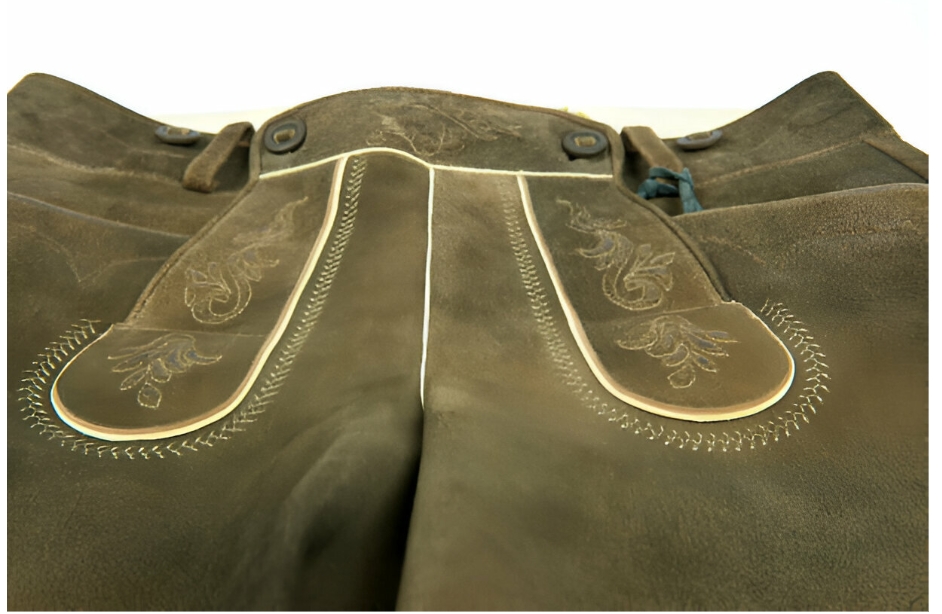With a charcuterie board, the goal is to achieve a perfect blend of sight and taste, and I consider it an art. In this guide, we break down the steps needed to create a board that shows culinary artistry and exceptional sophistication. I have taken the liberty of sharing ideas from my experience that combine history, practice, and a deep-seated passion for exceptional-quality ingredients.
The Art of Charcuterie: A Brief History
The last couple of centuries have witnessed charcuterie developing from a mere method of preserving food to an intricate display of taste and artistry. Meat and cheeses used to be staples in household kitchens because they were cost-efficient and simple to prepare. Currently, they have become exciting and beautifully arranged centerpieces in social events. That is how stunning innovation can be using tradition and basic ingredients, which are turned into culinary artwork.
Essential Elements of a Charcuterie Board
Creating a mouthwatering charcuterie board starts with strategizing the selection of the ingredients. Proteins like charcuterie meats make up the most important part of the board. Different types of cured meats such as prosciutto and salami are pieces that add complexity to the board.
Cheese brings the balance to the board, presenting a spectrum of textures with soft brie and firm cheddar. Each cheese adds its unique character as they pair beautifully with the meats’ savory qualities. Boxed wines are an example of accompaniments that taste good individually but do not blend well, which negatively impacts the profile of the platter as a whole.
Fresh fruits alongside crunchy nuts, assorted crackers, and artisan breads add layers of texture and sweetness. This combination is meant to create flavor harmony. A drizzle of honey or a small selection of jams can uplift the taste, while tangy pickles and olives provide that satisfying pop of acidity. Every component plays a role in the story of the board, turning it into a feast for the eyes and taste buds.
Advice from a Private Chef
My experience as a private chef in Healdsburg has taught me that sourcing the right ingredients is the starting point to building a great board. No matter if it’s a local market or a specialty store, the ingredients you use should be flavorful and fresh. The process of picking up artisanal products adds another layer of joy unto the experience because each item carries its own story and charm tied to the place it came from.
Be sure to maintain the focus of your board on balance and simplicity. Achieve clean cuts with sharp knives to preserve the integrity of the meats and cheeses.
For example, the way charcuterie meats are cut can heavily affect taste and presentation, and referring to a charcuterie meats list can guide you in selecting the ideal cuts. Striving to achieve uniformity in the arrangement of sliced ingredients enables each component to receive the attention that it deserves without any ingredient overpowering another. Things like the angle at which a slice is cut or the placement of a garnish can make or break the board’s appeal.
Curating Subsections of a Board: A Detailed Overview
To create a board for a specific function or event, begin by considering your audience first. Think about what flavors may be appealing to your guests in correlation to the number of people attending. Each protein comes with a variety of flavored charcuterie meats so start with those first. After all your proteins have been set up, platter your cheese in between. Make sure to group the cheeses in a way that each type can be reached effortlessly whilst festooning with other cheeses.
The next step is to set the accompaniments. Remember to add equal proportions of fruits, nuts, and crackers on the board. Every bite should be able to give a taste of different textures and flavors. When alternating from one flavor to another, doing so in a systematic way enhances the entire savoring process. With varying shapes, sizes, and even cutting styles gives ease to the eye and enhances the overall look and taste board.
Arrange each item with careful consideration of spacing as it is added to the board. If items are too crowded, they will lose individuality while items presented with too much space can appear sparse. That perfect balance must be reached to create an inviting charcuterie board. An organized charcuterie board encourages guests to indulge at their own pace, appreciating the multi-faceted experience.
Alongside the charcuterie board, pair these with drinks of your choice as they complete the experience. The pairing of beverages is the most important part when it comes to the complete charcuterie experience. Whether it’s wine or non-alcoholic beverages, all drinks need to be carefully selected to create the perfect meal. Wines with crisp acidity often complement the richness of cured meats and cheeses, while certain beers enhance the aged nutty cheeses.
If non-alcoholic options are being served, artisanal sodas or crafted mocktails are a good selection. These enhance the dining experience as they are complex without dominating the board’s subtle undertones. The ideal pairing improves the entire tasting experience by balancing each flavor’s strength, creating harmony with every morsel and sip.
Concluding Thoughts
Through using culinary skill and creativity, the making of a charcuterie board has been simplified. Every process involved in making it, from getting the best ingredients to placing them neatly showcases charm and a love for quality. This effort makes the board an essential part of gatherings, as it highlights culinary mastery.
This guide combines the insider experience of a professional with practical steps to create a charcuterie board that excels in both taste and visual appeal. If you are preparing a dinner party or simply experimenting in the kitchen, these tips are guaranteed to add a flair of sophistication to the event.





